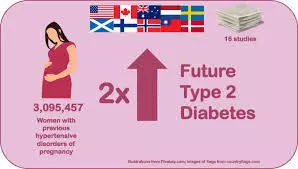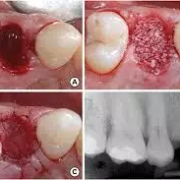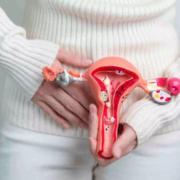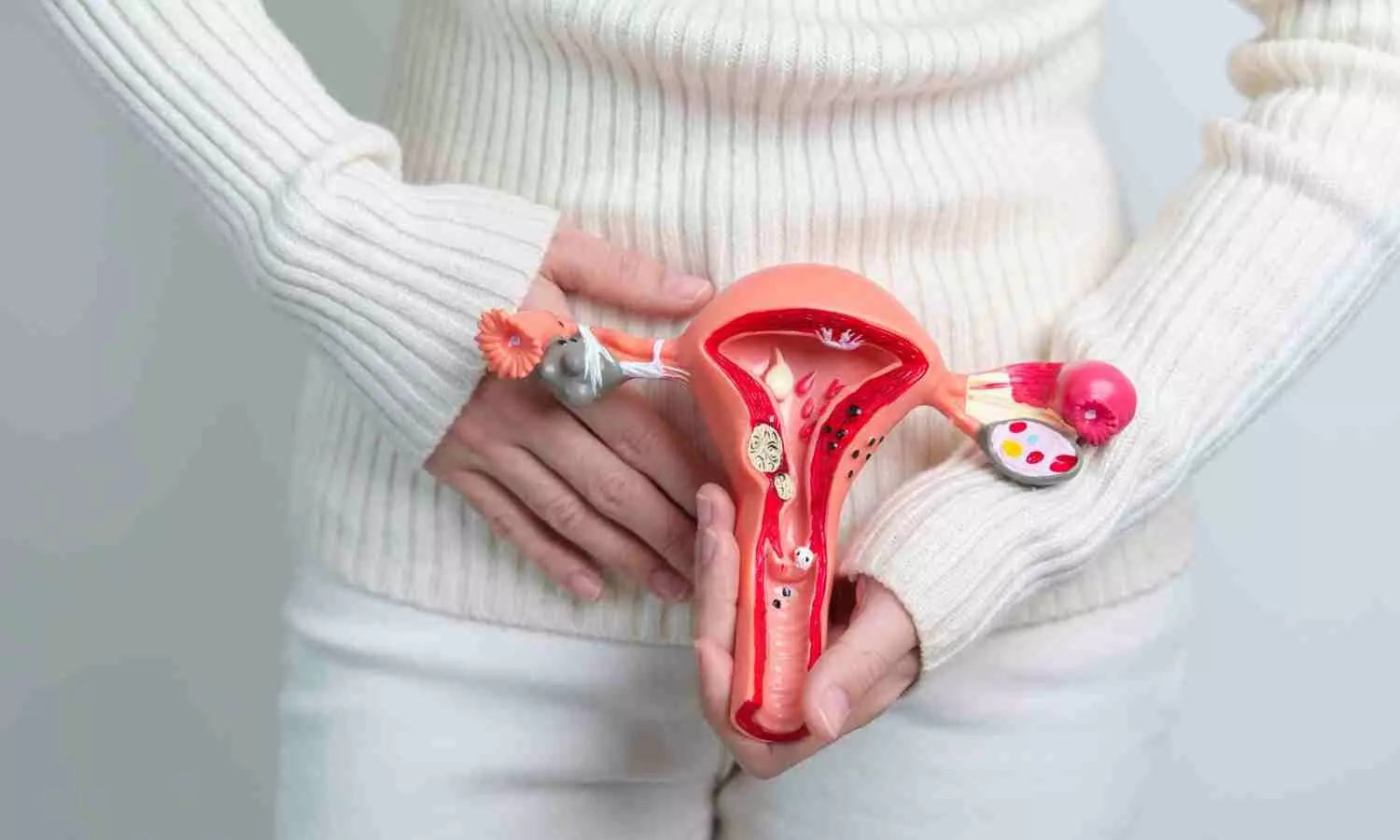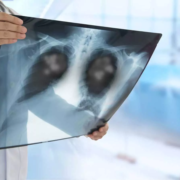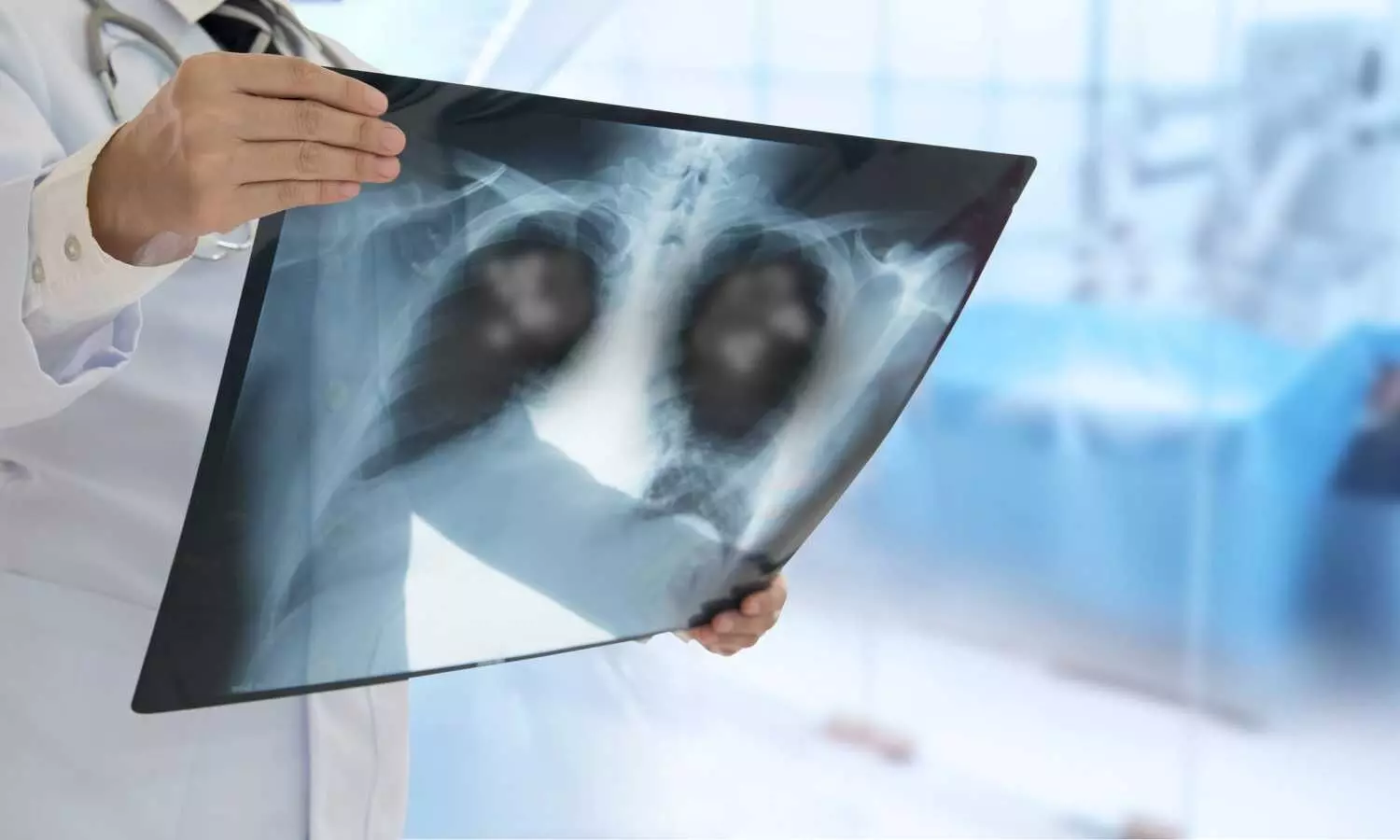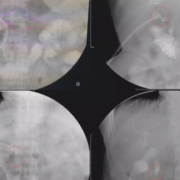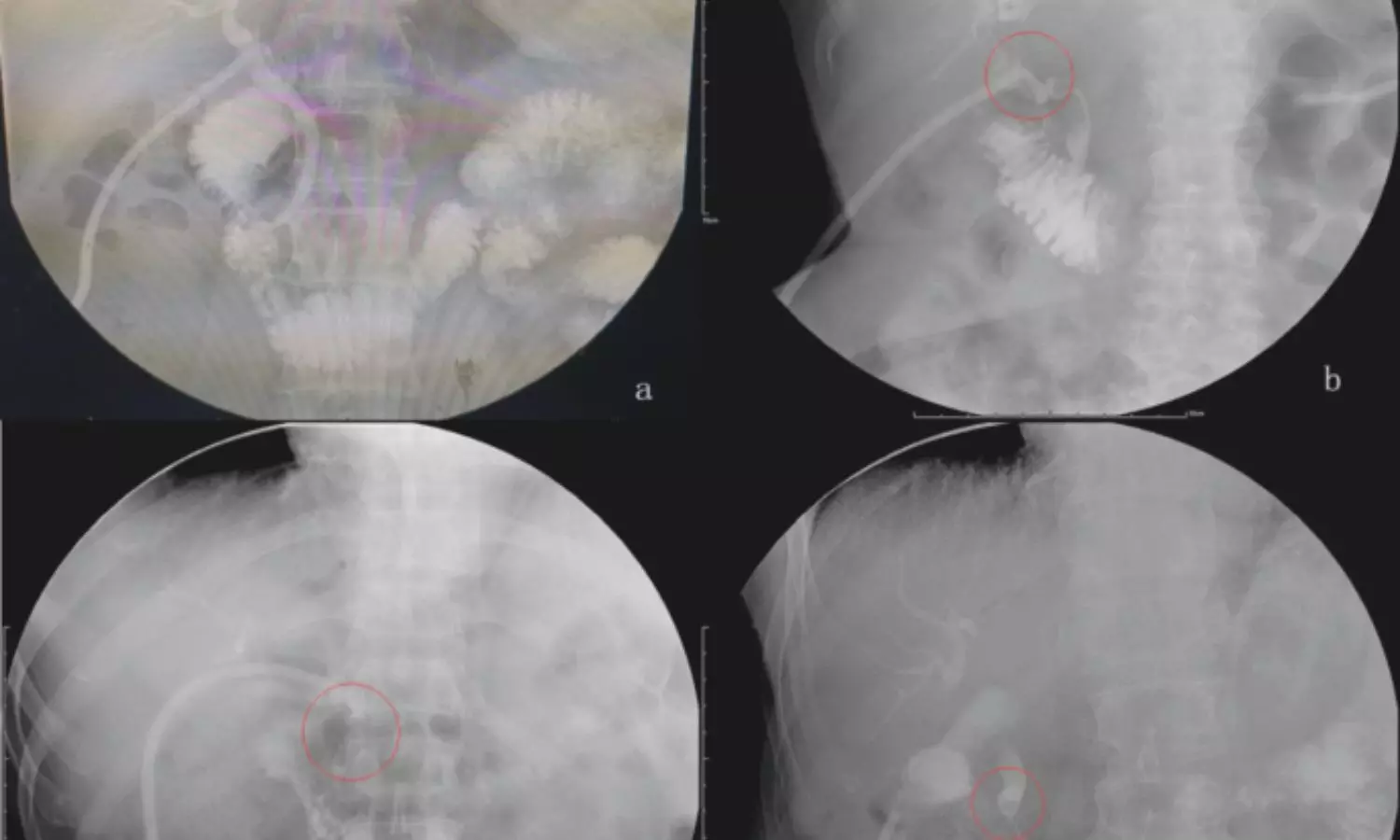Increased Dried Fruit Intake May Improve Kidney Function Markers, finds study

Researchers have established that a higher intake of dried fruit was associated with improved markers of kidney function, and effects appeared to be greatest in nonsmokers and nondrinkers. A recent study was published in Frontiers in Nutrition journal conducted by Gao Y. and colleagues. Intake of dried fruits has significant association with markers at lower levels like Blood Urea Nitrogen (BUN), creatinine (CR), uric acid (UA), and cystatin C (CyC) are indicative of good health concerning kidneys.
Millions of people worldwide suffer from chronic kidney disease. Lifestyle factors, including diet, are considered to be involved in the pathogenesis of the disease; however previous studies on dried fruit intake and the health of kidneys have been limited by confounders and bias. Using a technique known as Mendelian randomization (MR), this study aimed to clarify the causal relationship between dried fruit intake and markers of kidney function.
A two-sample MR approach was utilized by the researchers. They sought to investigate whether there was an association, and most importantly, a possible causal one between the consumption of dried fruit and six markers of kidney function that included BUN, creatinine, uric acid, cystatin C, hematuria, and microalbuminuria. Inverse variance weighting was the analytical approach most often used in estimating associations, while other methods-MR Egger and weighted median-were used as supplementary approaches to investigate result robustness. MVMR was conducted with adjustment for smoking and alcohol use to determine if the effect of dried fruit consumption on kidney function may be confounded by smoking and alcohol use.
-
Higher intake of dried fruit was significantly associated with a lower BUN level (β = -0.171, 95% CI: -0.239 to -0.102, p = 1.063 × 10⁻⁶).
-
Positive consumption of dried fruit was linked with lowering creatinine (β = -0.205, 95% CI: -0.311 to -0.099, p = 1.455 × 10⁻⁴).
-
In uric acid as well, a similar association was obtained with β = -0.317, 95% CI: -0.384 to -0.249, p = 4.439 × 10⁻²⁰, that is to say a greater consumption of dried fruits may be associated with the lowering effect of UA.
-
In increased cystatin C, decreased intake of dried fruits is observed with β = -0.323, 95% CI: -0.384 to -0.249, p = 1.074 × 10⁻¹¹.
-
No meaningful association between dried fruit consumption with hematuria or microalbuminuria, which are two of the most common used markers in examinations of renal health,
-
Intake of dried fruit was inversely related to UA and CyC levels, though the association became attenuated; still, it remained significant for both UA (β = -0.296, 95% CI: -0.523 to -0.068, p = 1.094 × 10⁻²) and CyC (β = -0.238, 95% CI: -0.465 to -0.011, p = 4.024 × 10⁻²).
-
For BUN and creatinine, the causal association completely disappeared in smokers and alcoholics (BUN: β = -0.038, 95% CI: -0.215 to 0.138, p = 6.698 × 10⁻¹; CR: β = -0.038, 95% CI: -0.431 to 0.046, p = 1.347 × 10⁻¹).
This study suggests that consumption of dried fruits may be an intervention that improves markers for kidney function in abstainers from smoking and alcohol. Dried fruit can, therefore, be added to a healthy diet for people at risk of kidney disease as a potential additive strategy for preserving renal health and delaying the onset of chronic kidney disease when smoking and alcohol are avoided.
Reference:
Gao Y, Yue X, Zhao W and Yuan F (2024) Association between dried fruit intake and kidney function: research from univariate and multivariate Mendelian randomized studies. Front. Nutr. 11:1440896. doi: 10.3389/fnut.2024.1440896
Powered by WPeMatico





